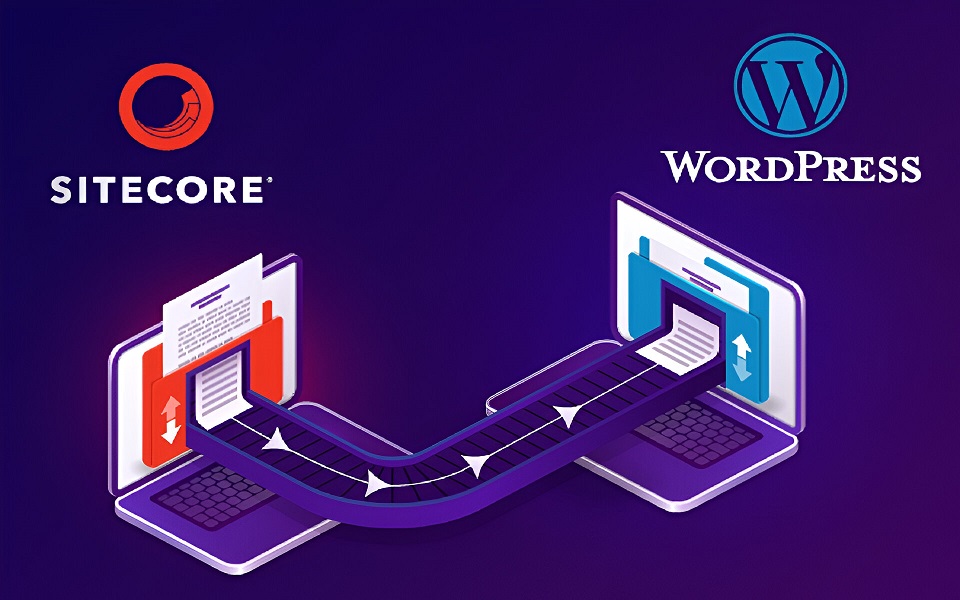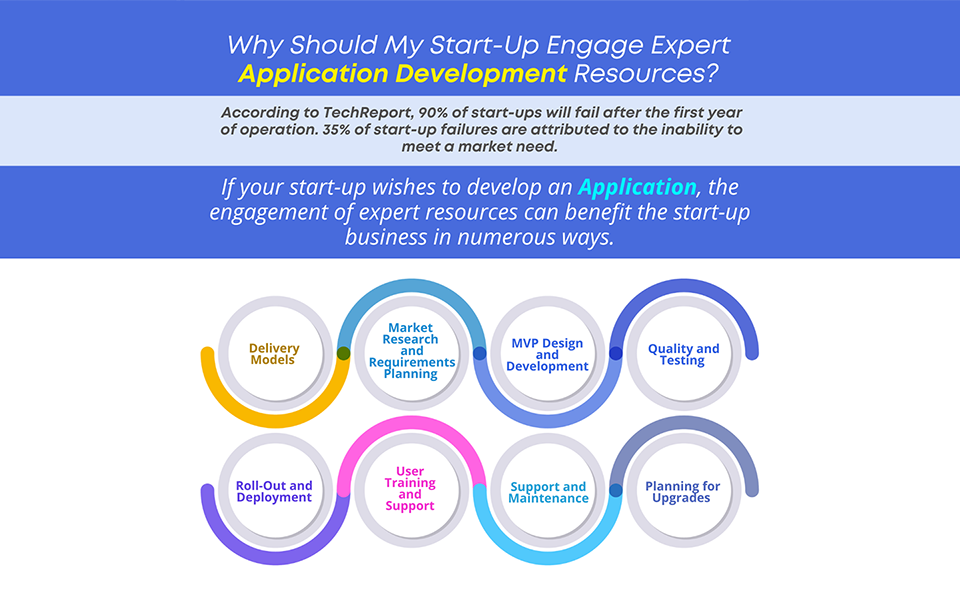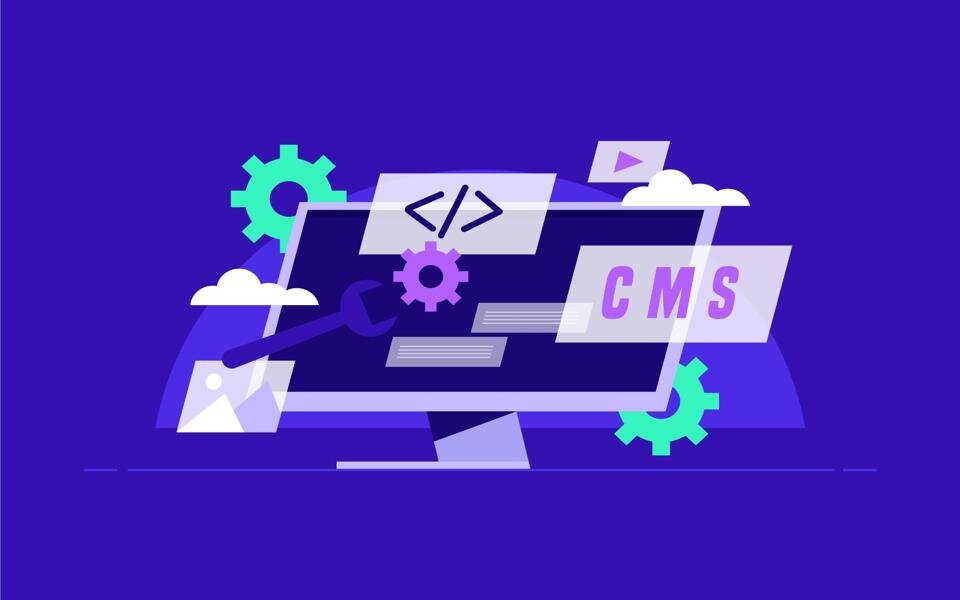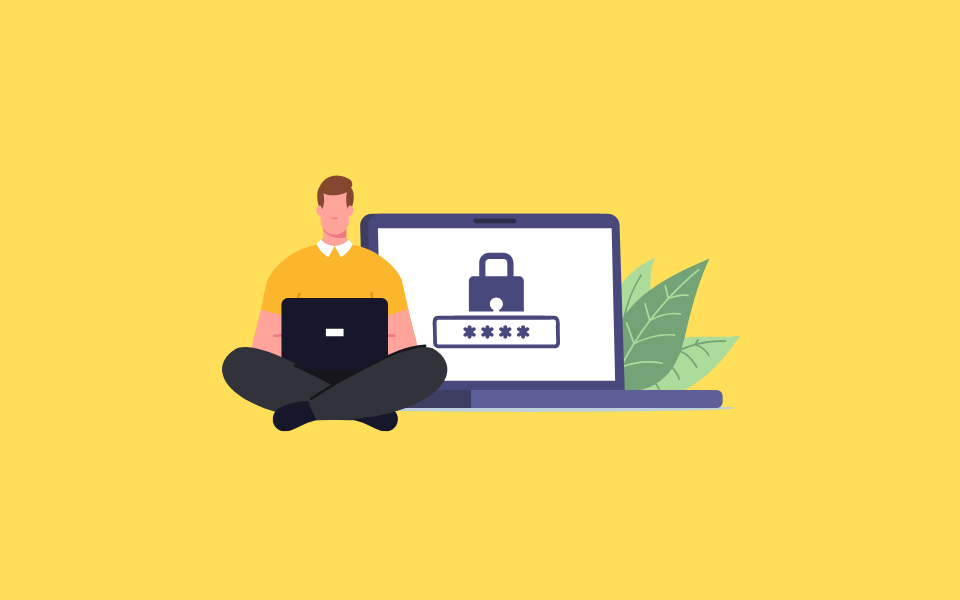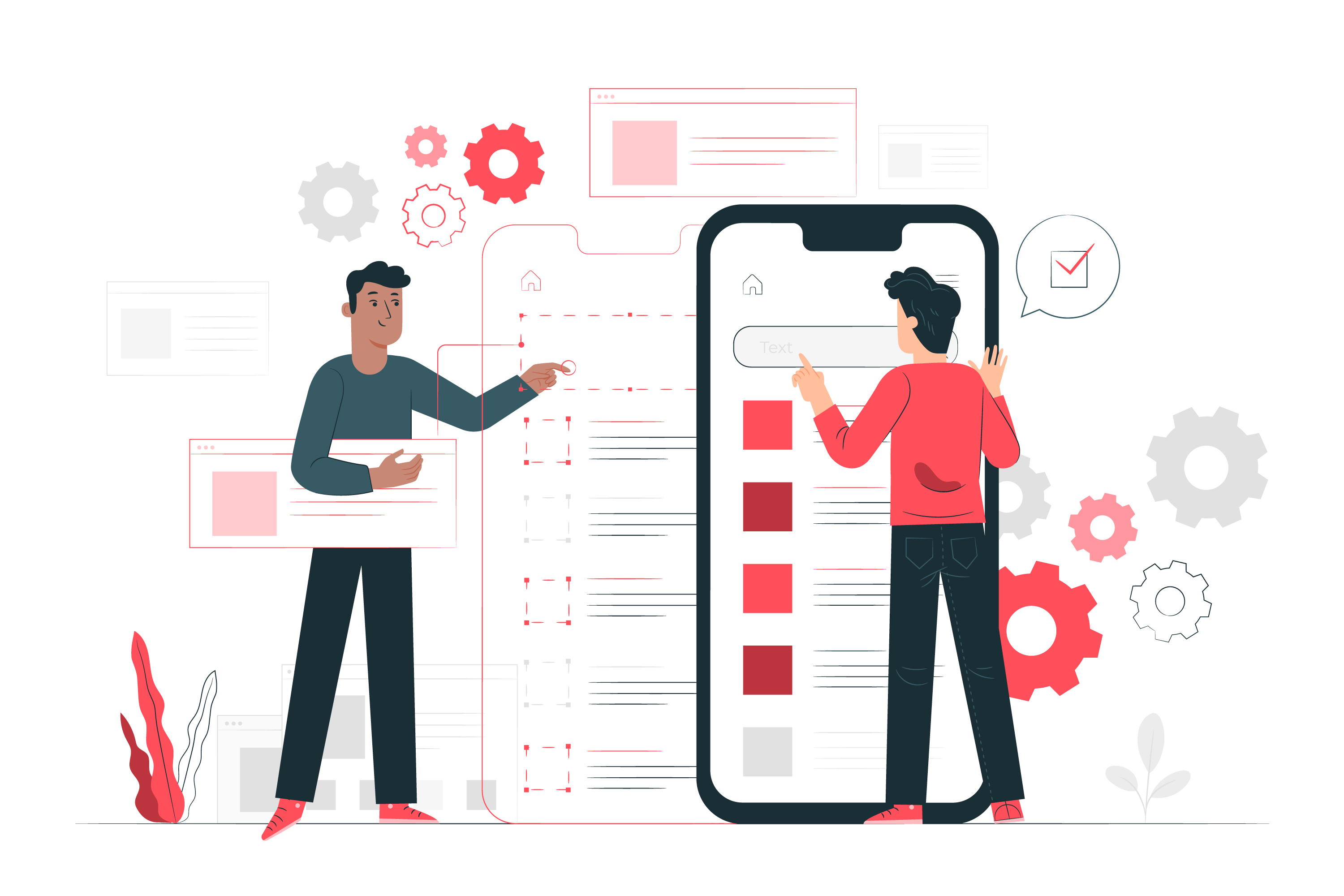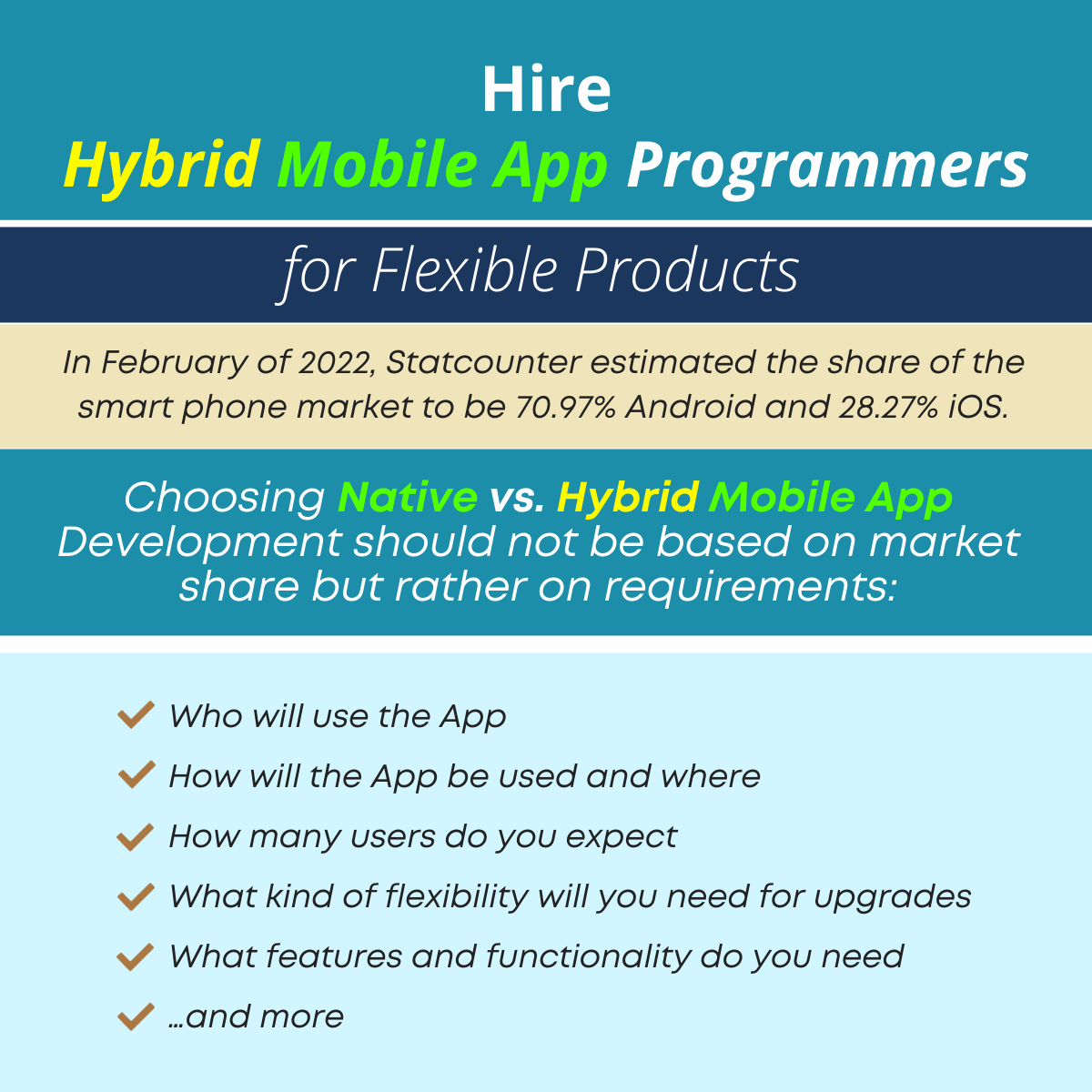What’s fundamental for building a secured web application?
It’s the robust security practices! These strategies help safeguard your user data and access. Thus, professionals offering web application development services should emphasize adopting such practices to prevent data breaches.
This article delves into the essential authentication practices web developers should adopt to fortify defenses against evolving threats.
Web Application Development Services: Understanding Authentication Practices
Different Web App Vulnerabilities
These vulnerabilities indicate user authentication issues in web application development. This allows attackers to manipulate the source codes, steal sensitive information, or gain unauthorized access.
In simpler terms, authentication means checking your ID and safeguarding your websites and apps. However, buggy code, weak logins, and poor site security allow attackers to interfere with regular operations and access sensitive data.
Many vulnerabilities can expose your web app's login system. Let's explore some common examples:
SQL Injection:
This involves injecting malicious code through login forms, which allows hackers to bypass authentication and steal sensitive data.
Brute-Force Attacks:
In such attacks, hackers try multiple login combinations to crack credentials or security keys and gain unauthorized access.
Weak Passwords:
Predictable passwords, stored in plain text, are easier to decode, which can cause vulnerabilities in web application development services.
Insecure Logins:
This web app vulnerability involves using plain text for login credentials without adopting secure protocols like HTTPS to encrypt communication.
Poor Session Management:
Forgotten timeouts and unprotected session IDs can lead to attacking active sessions and impersonating users.
Flawed Two-Factor Authentication:
This allows cyber attackers to log in with their credentials and transform the account cookie to an arbitrary user name. Such flaws allow accessing sensitive data by manipulating authentication codes.
Coding Issues:
Bugs in authentication logic can create loopholes, and an attacker uses them to exploit the security vulnerabilities in web apps.
Insecure Password Reset:
Easy-to-guess security keys or weak email links allow attackers to quickly gain access to user credentials and steal crucial information.
Why Web Application Security is Important?
Hiring experts offering web application development services can help you consider the best authentication practices to safeguard your data. But before partnering with one, let’s explore the benefits of authentication practices and web application security.
Boosts User Confidence:
Strong web app security ensures trust among users who value data protection.
Reduces Attack Risk:
This helps identify and fix security vulnerabilities before attackers can exploit them.
Protects Reputation:
Web application security helps prevent breaches that can damage your company’s reputation.
Minimizes Disruptions:
It helps minimize security vulnerabilities and prevent delays or disruptions caused by vulnerabilities.
Top Authentication Practices in 2024
Robust authentication practices are more than just options; these are necessities. Here's the breakdown of the top authentication practices:
1. Multi-Factor Authentication
Adopting MFA is a standard authentication practice in web application development services. It provides an additional layer of security by ensuring multiple user identity verification methods beyond just passwords. This involves sending a one-time password via email or SMS on mobile devices to safeguard crucial information.
In addition, it includes using a fingerprint scan technique to ensure robust authentication of your web apps. This process restricts unauthorized access even after decoding security codes.
2. Secure Password Policy
Strong password policies ensure effective and strong authentication techniques to safeguard web applications. Regular password updates are crucial to prevent security breaches. Providers of web application development services make this process easier.
Meanwhile, implement unique numbers, symbols, and capitalized letters exceeding a minimum length to create complex passwords. Avoid using common phrases. The password-hashing technique can be another practice to secure your password. This will help developers algorithmically transform passwords into ciphertext that helps prevent breaches.
3. Store Sensitive Data Separately from Regular Data
Keep sensitive data separate from regular web application data to minimize potential breaches. Different databases and tables can effectively store critical information like IDs, passwords, and login details.
Moreover, use robust encryption techniques and adopt an extra security layer to protect your app’s sensitive data.
4. Session Management
Adopting techniques like secure session management can help reduce the risk of hijacking and gaining unauthorized access. A custom web application development company can guide you in implementing effective methods like updating session identifiers, session tokens, and timeouts. These methods ensure unauthorized users are logged out automatically, preventing potential attacks.
Moreover, store session IDs securely and avoid exposing them in URLs to avoid emerging vulnerabilities.
5. API Security
Experts offering web application development services rely on APIs for secure data exchange. Thus, securing APIs helps improve data integrity and prevents unauthorized access. Web app developers should adopt encryption protocols and API authentication measures to avoid data breaches.
6. Decentralized Identity
Using decentralized identity solutions, you can ensure greater control over personal data and create fraud-free credentials. This allows securing user credentials on a distributed ledger or a blockchain to avoid vulnerable, centralized databases. Experts offering web application development services use this authentication practice to enhance app security and privacy.
7. Continuous Monitoring
This is another strategy offering the best authentication practices in web application development. It involves implementing continuous monitoring as a proactive security measure to identify malicious activities, including unauthorized access. This allows for detecting and responding to threats quickly, minimizing potential damage.
8. Regulatory Compliance
Ensure the authentication practices comply with standard regulations, including GDPR and PCI DSS compliance for user data security.
Implementing these techniques can help you build a multi-layered authentication infrastructure that protects user data. Consider emerging threats and adapt the best authentication policies to maintain a robust defense.
Popular Web App Authentication Methods
Adopting an authentication method is crucial to verifying user access and safeguarding critical data. Here's a breakdown of common methods:
Token-Based Authentication:
These JSON Web Tokens (JWTs) are independent components storing user information like permissions and usernames. Such an authentication method helps avoid session hijacking based on careful token management. It allows servers to create and send a JWT to the client after login.
Cookie-Based Authentication:
This authentication method ensures building credentials for secured user logins. Providers of web application development services use this method to allow servers to create a session with a unique ID. Further, these cookies, which are stored in the user’s browser, help protect against attacks or data breaches. The follow-up request includes the cookie for verification.
Third-Party Access (OAuth, API Tokens):
Such an authentication method includes API tokens and Open Authentication (OAuth) that allow apps to access external APIs.
In web app development, API tokens are crucial for API authentication. Meanwhile, OAuth enables users to log in to a web app using credentials from another service.
OpenID Connect:
Adopting this authentication method helps leverage two significant protocols, like OAuth 2.0 and OpenID. In securing web apps, OpenID and OAuth 2.0 ensure user verification and authorization, respectively.
In addition, users sign using an identity provider (IDP) and authorize a token to access resources in the web application.
SAML (Security Assertion Markup Language):
This is an XML-based protocol, offering more versatility in authenticating user access.
IDP URLs help users log in and request the system to redirect the XML data to an application page. This is crucial for verifying credentials and returning user information to the web app.
Choosing the ideal method depends on your unique authentication needs. So, define your requirements and choose the right method to safeguard your app.
How Can Adaptive Authentication Enhance Security Against Evolving Threats?
Adaptive authentication modifies and transforms security practices based on risk assessment and unique demands using contextual details.
It takes into account behaviors, devices, and locations to determine the best way to authenticate a user.
Here’s how this method addresses evolving security threats:
Tailored Security:
Adapts verification steps based on the evolving risks, ensuring a balance between security practices and user convenience.
Reduced User Friction:
Minimizes verification steps and streamlines the login process for trusted users.
Protection Against Evolving Threats:
Adjusts authentication requirements and responds to rapidly evolving attacks, keeping web applications safe and secure.
Enhanced Compliance:
Offers a robust framework for data protection and meets industry standards.
Let’s Recap!
Protect your web app from emerging security threats by using authentication best practices. In 2024 and beyond, adopting such practices is necessary to stay ahead of the competition.
Partnering with experts offering professional web application development services will help you implement standard authentication practices. These strategies will help you restrict unauthorized access to your web app and safeguard sensitive data.
This blog outlines top authentication practices, including session management, secure password policies, and MFA. Additionally, incorporating advanced techniques such as decentralized identity and API security further strengthens security frameworks.
Now, it’s your turn to adopt effective methods and build a robust application.







